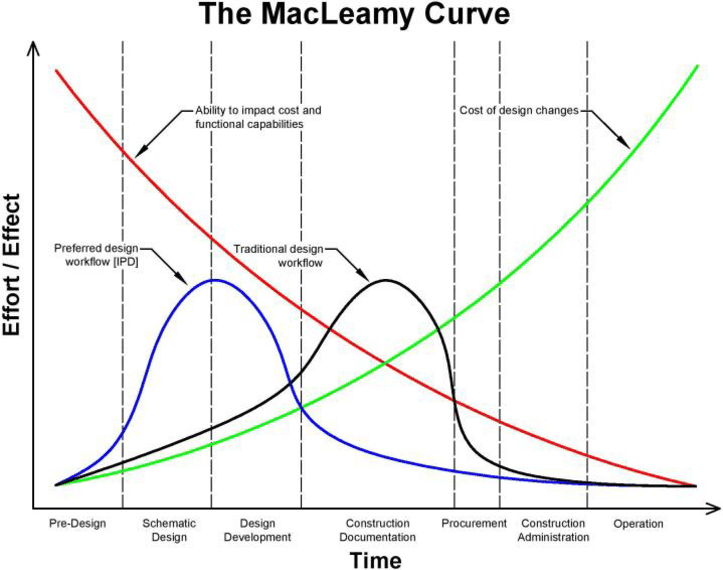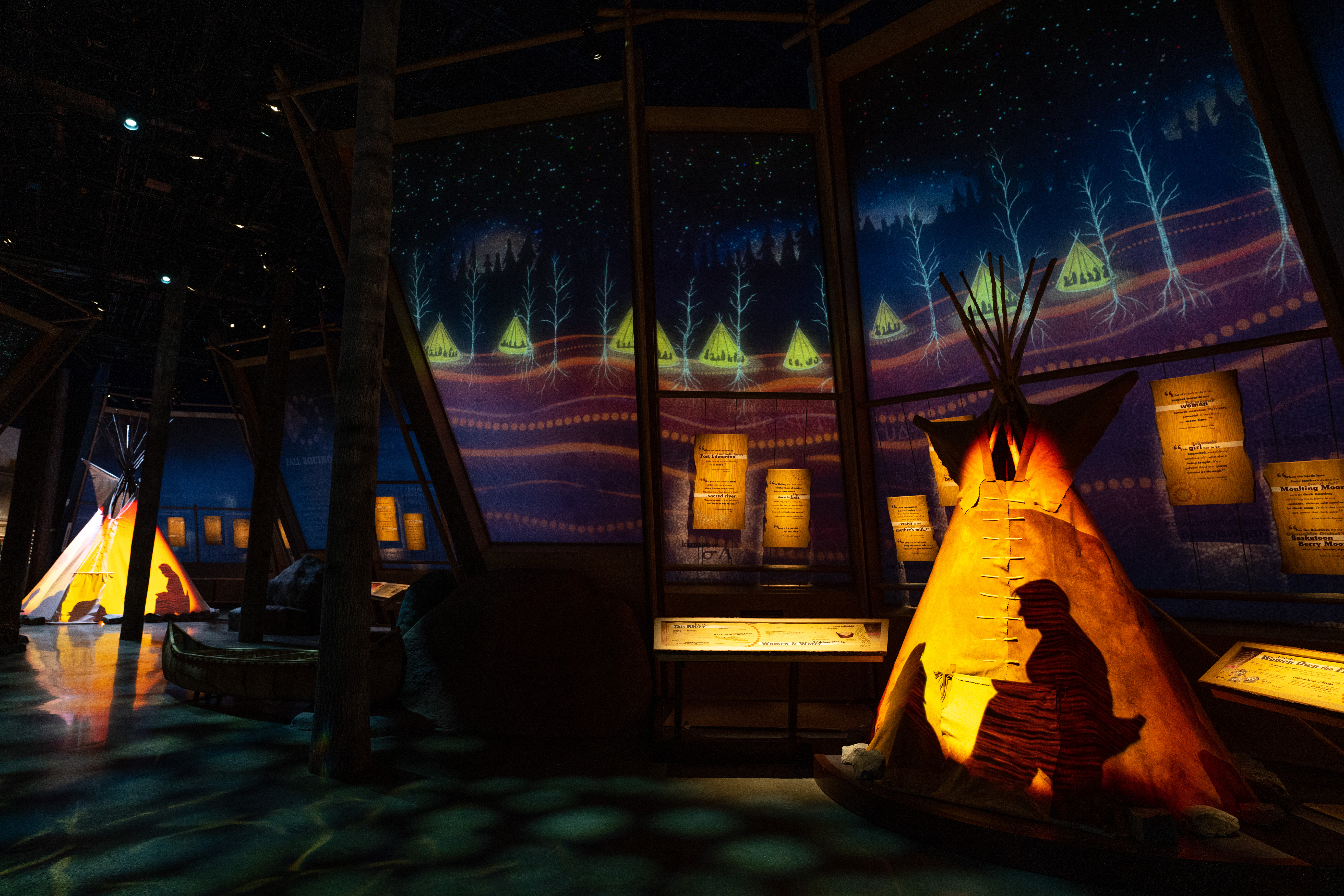Developing a Theme Park: What to Know Before Pressing The Big Green Button
At a critical point in the theme park development process, it’s essential that stakeholders are able to answer ‘yes’ to a specific question: Can we deliver?
At a critical point in the theme park development process, it’s essential that stakeholders are able to answer a resounding and honest ‘yes’ to a specific question: Can we deliver?
After determining a project’s feasibility and passing through Gate 1, the team must now work together to procure services and coordinate the many aspects of project delivery.
The work done in this phase leads up to Gate 2, which, when passed, is when the proverbial ‘Big Green Button’ is activated.

In themed destination development, the ‘Big Green Button’ refers to what is essentially the point of no return – when a developer goes to the board and secures debt and/or equity commitments for full funding of a project’s total budget.
With so much at stake, having a comprehensive plan and procurement strategy in place for all components of a project before the Big Green Button is pressed – and Gate 2 is reached – is absolutely critical.
Major items to address in this phase include:
- Site Planning: All paperwork must be in place with regard to the land; stakeholders must ensure that any required remediation is coordinated within budget, and all discretionary entitlements (such as those for height, noise, and any restrictions/concessions) are negotiated and finalized.
- IP Agreements: Addressing intellectual property agreements is critical to ensuring that an attraction’s ‘big idea’ is secured. It’s important that all stakeholders review IP agreements, which can be hundreds of pages, with a fine-tooth comb to ensure that everything they have envisioned is actually within parameters.
- Public/Private Partnerships: A primary issue at this stage of themed development is determining which public and private partnerships are required to bring an attraction to life. For example, in some cases, the influx of people a themed destination will attract to an area requires additional fire and police presence, roadways, transportation systems, and utilities. The development team must work closely with local authorities to determine who is responsible for the cost and delivery responsibilities. Determining these essential factors early on can help to ensure that a project will not run into insurmountable challenges later in the development process.
- Team Alignment: Securing and aligning the team, which varies by project scope and can include several designers, architects, and engineers, show and ride technicians, project management, local talent, and several other parties at this point, is also necessary.
In short, when reaching Gate 2, the project must be clear of all issues of discovery, every discretionary agreement must be finalized, and the plan for delivery must be complete.
This process matures the integration of the elements and deliverables that were created in the first phase of development, including the program book, delivery plan, and implementation manual.
These core documents – which clearly outline the scope, budget, matrix of responsibility, procurement strategy, communications process, workflow protocol, and approval procedure for the development – are the keys to keeping a project aligned and on-track.
A pitfall for many projects at this phase is that certain components or teams will drift beyond Gate 2 and into the implementation stage before all items required to deliver the project have been defined.
This can be a very costly mistake for developers.
One way to conceptualize the potential problems this can cause is by referring to the MacLeamy Curve – a graph that demonstrates the impact of change on a project and its budget over time.

Image courtesy of sciencedirect.com
Essentially, as a development progresses, the ability to change project elements decreases, while the cost of each change increases substantially.
Even if one part of the team is still pre-Gate-2, if another team has moved into implementation, there can be expensive and sometimes disastrous ramifications at the project level. What may seem like a small, insignificant modification can sometimes cost millions of dollars if any part of the project has already moved to the next step.
For example, if a ride manufacturer is proceeding with engineering design before the entitlements have resolved for the applicable noise standards or height restrictions, and the assumptions being used are incorrect, the time and cost to redesign the ride are likely to be significant. Additionally, the solution to resolve the problem may have implications on the design of other part of the project. In some cases, there may not be a workable solution to the entitlements criteria – resulting in a rethink of the concept.
Scenarios like this, which are so easy to fall into, are exactly why all components of a project must be evaluated in tandem at each set ‘Gate,’ and why it is critical to put into practice the necessary procedures, a deliberate review at a moment in time that fosters a shared understanding among the many parties involved in themed development.
All teams, services, and vendors should be negotiated in parallel during the lead-up to pressing the Big Green Button. When determining the deliverability of a theme park development, the goal is not just to ‘connect the dots,’ but to understand how these ‘dots’ work together and inform each other on all levels.
It also must be clearly communicated to all stakeholders that as the theme park’s development progresses past this point, risks and costs will increase substantially.
While it is important to maintain alignment in all phases, the stakes get exponentially higher as the project moves past Gate 2. This is the moment when mindsets are shifting from dream to do, and it is essential to make that shift together, before pressing the ‘Big Green Button’ and making a substantial commitment to proceed.
About nFusion
nFusion is a Program, Cost, Design, and Specialty Construction Management firm that specializes in destinations, attractions, and experiences including theme parks, resorts, mixed-use properties, cultural exhibits, brand experiences, family entertainment centers, themed restaurants, and retail centers. The firm’s primary objective is to deliver destinations. From the figment of the imagination to the fireworks on opening day, nFusion’s expert program managers develop and manage the roadmap, fuse diverse talents to align the program and team, and guard the viability of each project’s vision. World-class clients include Disney, SeaWorld, Halul Real Estate, Fort Edmonton Park, and CJ Entertainment. Contact nFusion at https://managedbynfusion.com/contact-us.

